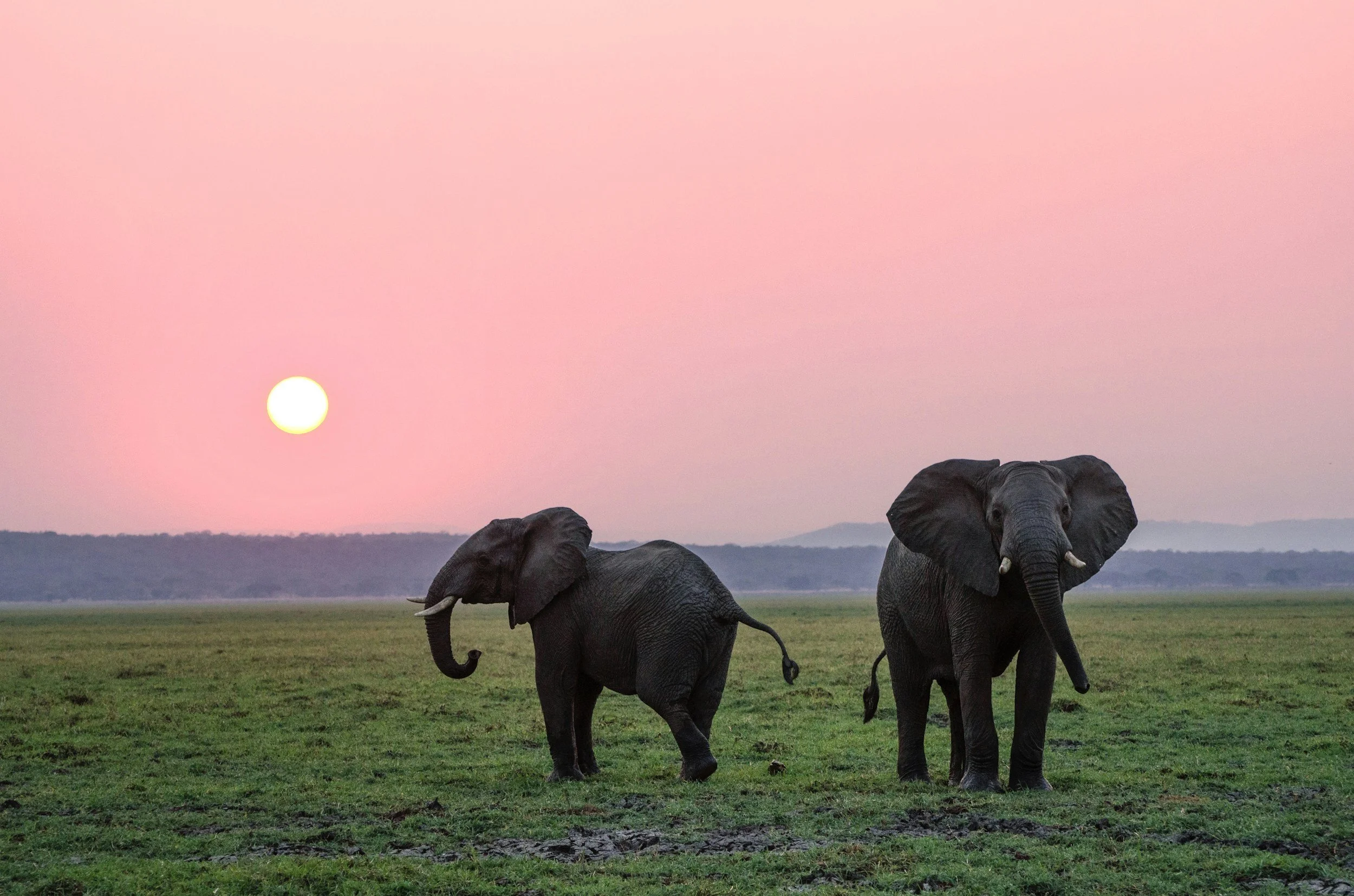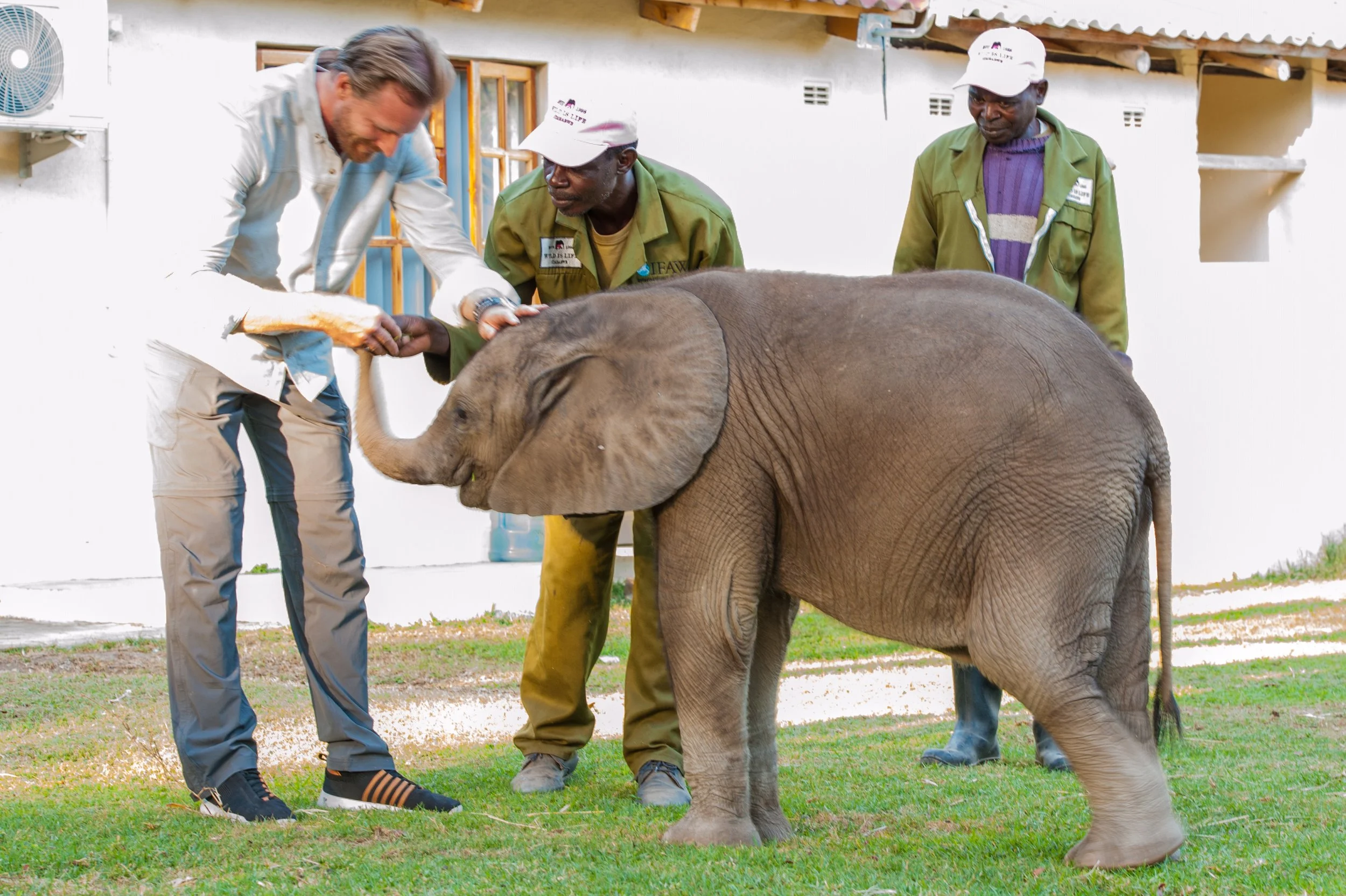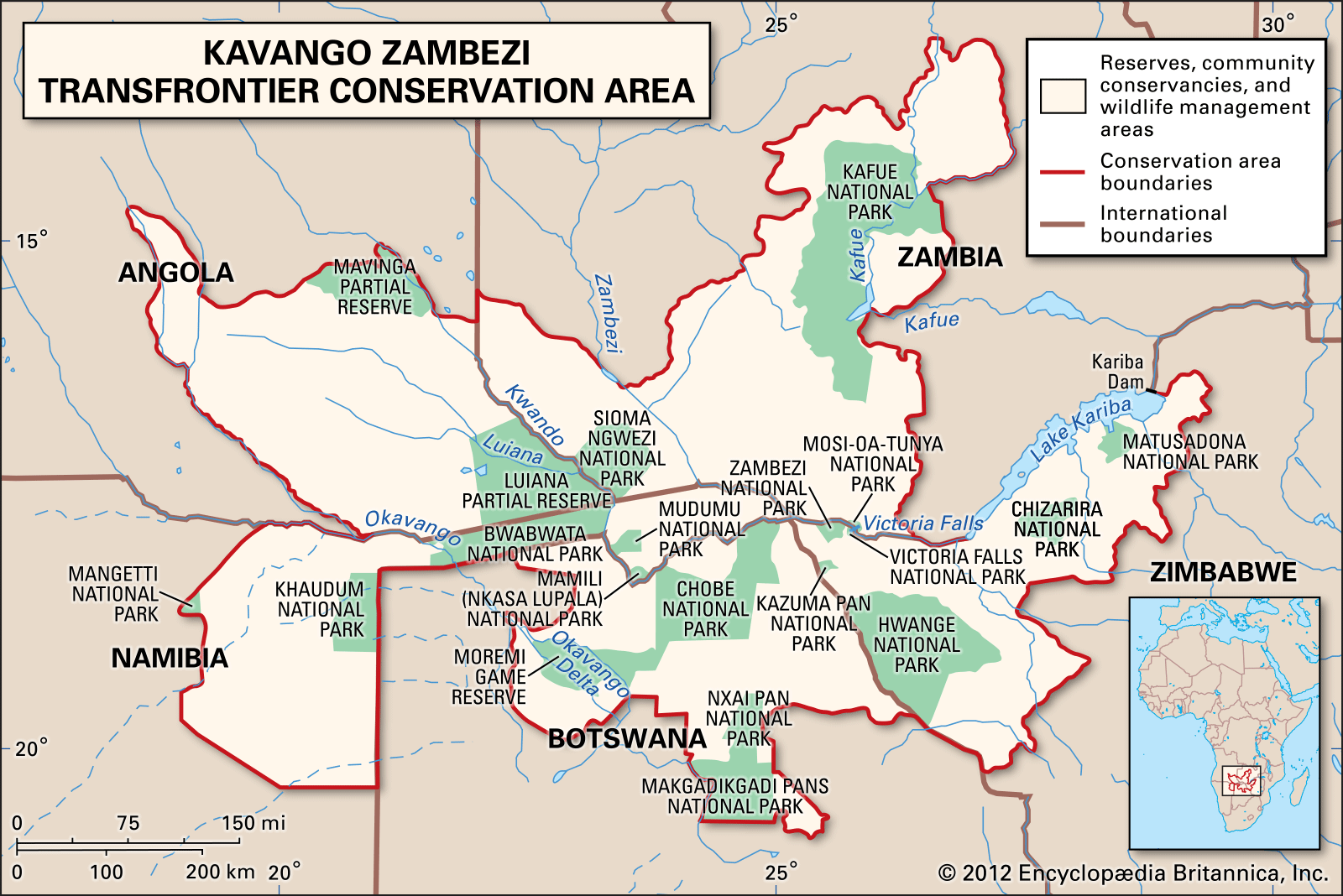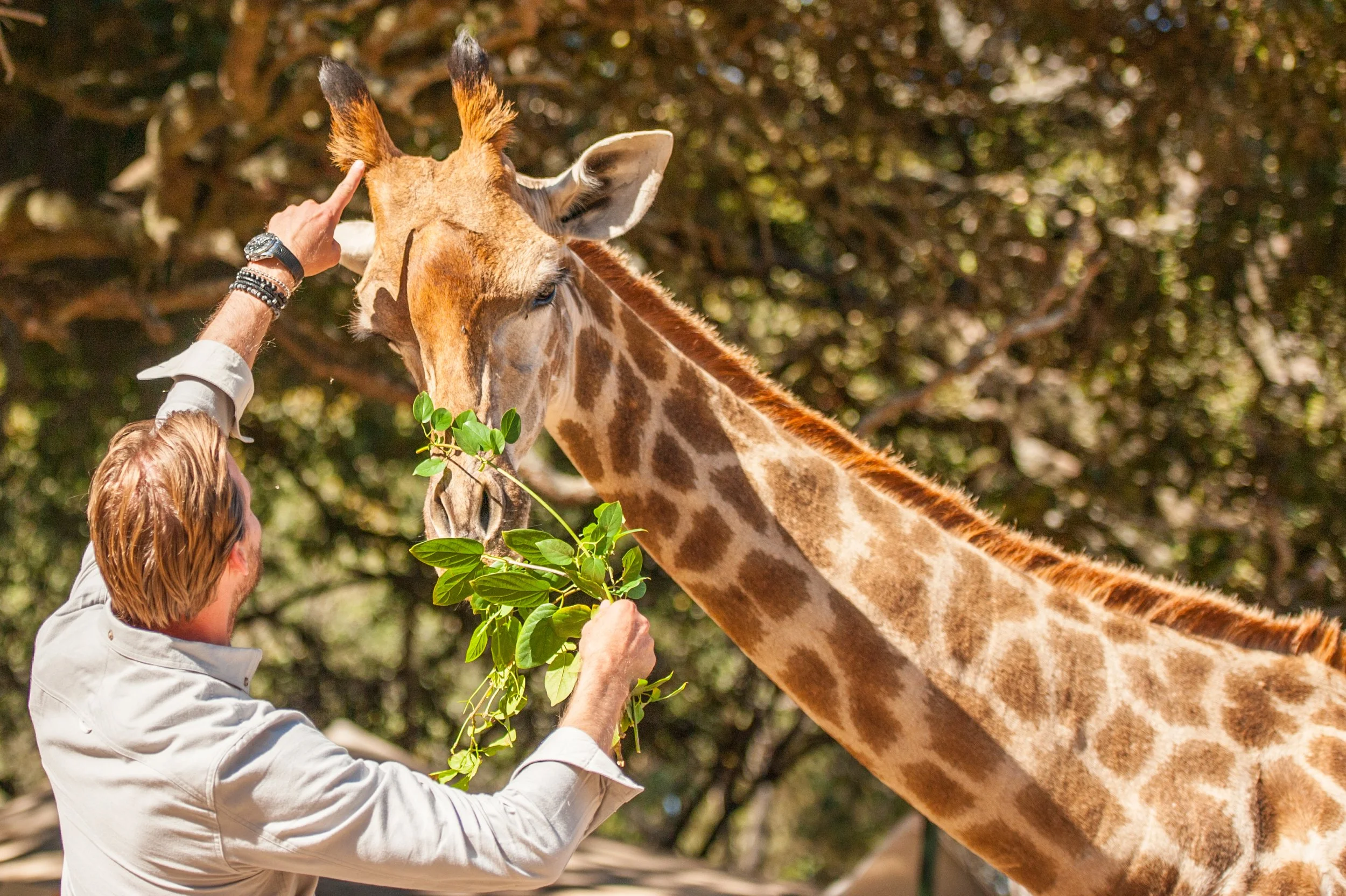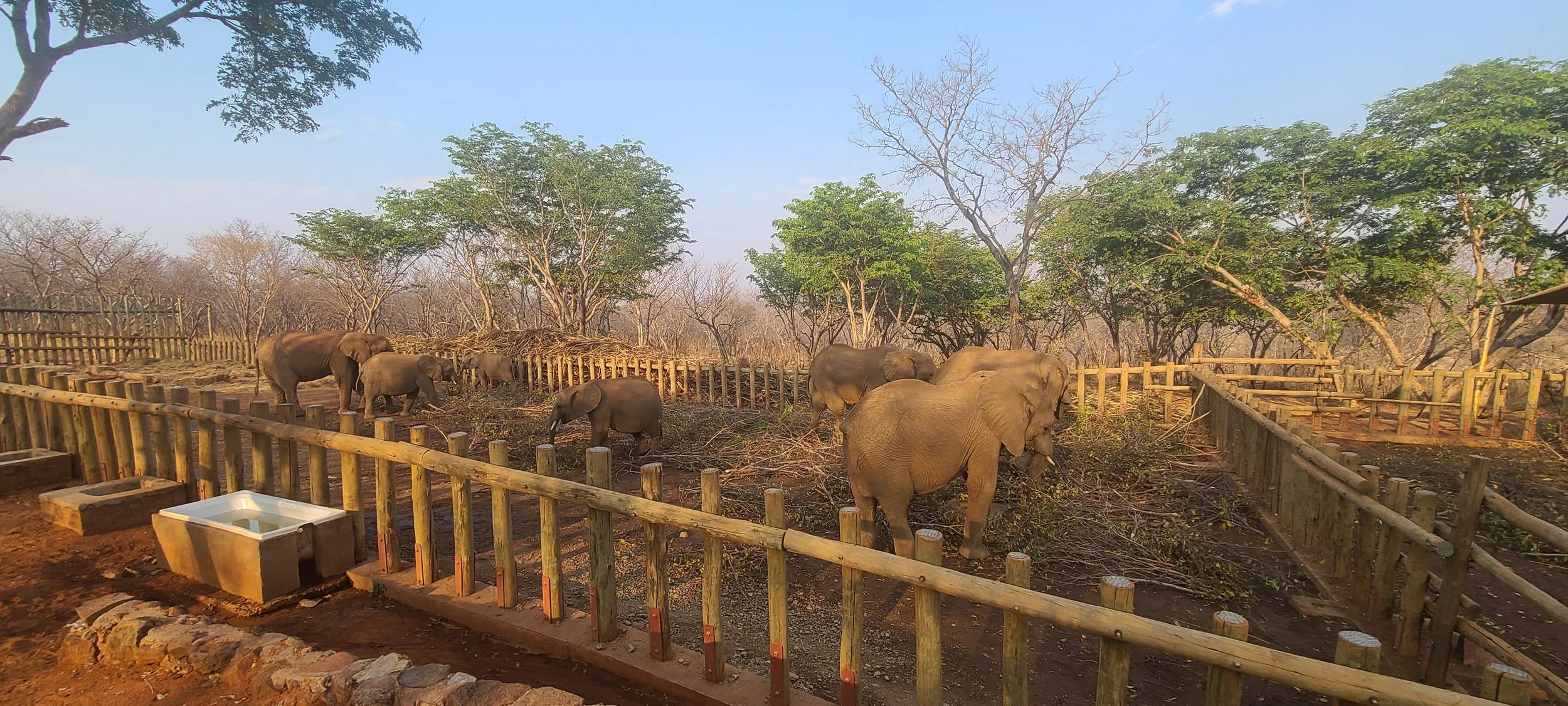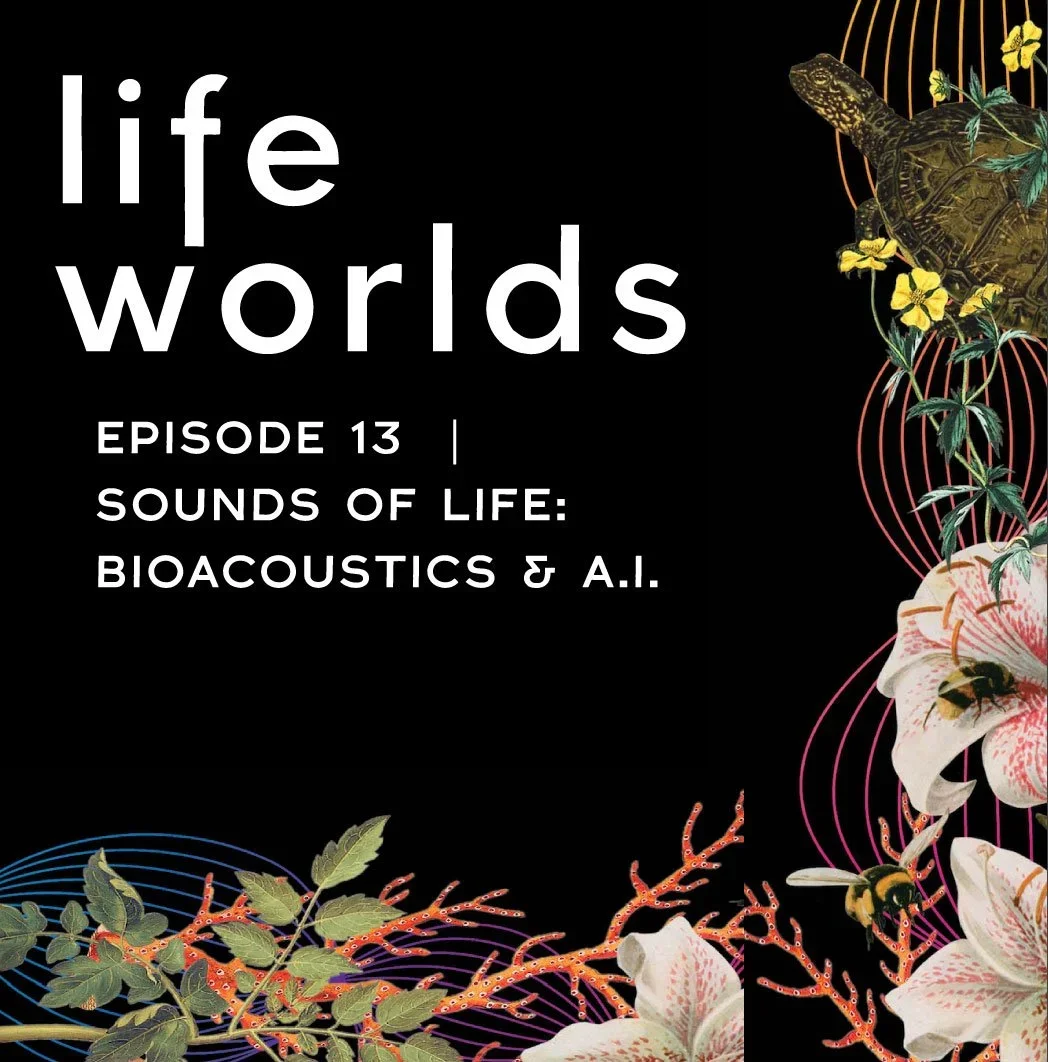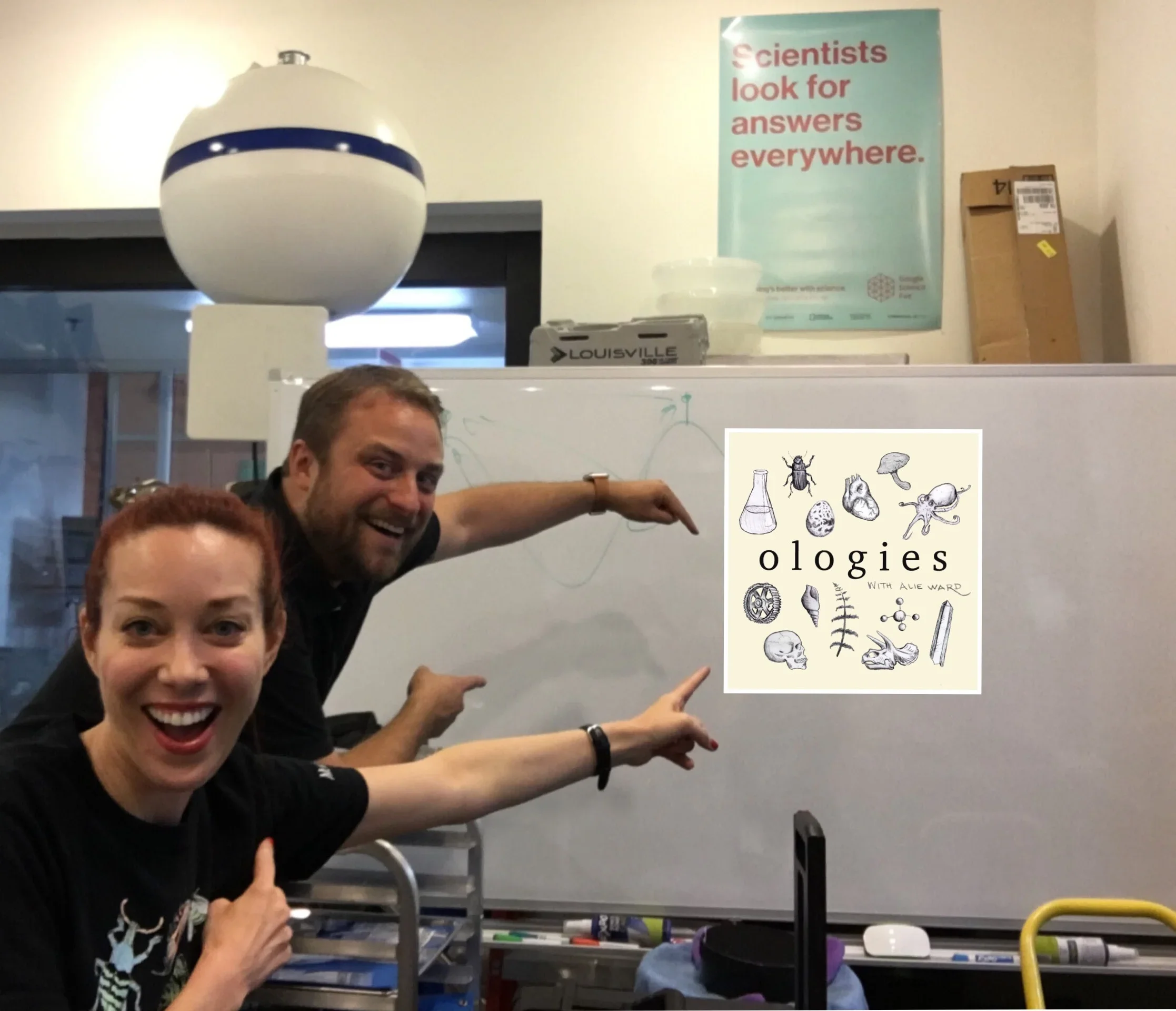From Data to Action: ZAMBEZI ZERØ on Enabling Conservation at Scale
Image Credit: Unsplash
At the intersection of technology and frontline conservation, ZAMBEZI ZERØ is building practical nature tech tools to protect biodiversity in Africa and beyond. Their platform integrates data from satellites, sensors, and community reporting on the ground, giving rangers and conservation managers the intelligence they need to act quickly and effectively.
In this Member Spotlight, Bastiaan den Braber, Founder and CEO of ZAMBEZI ZERØ, shares the story behind the organisation’s founding, their proof-of-concept in the Kavango Zambezi Transfrontier Conservation Area, and how their platform unites diverse data streams into real-time, scalable decision-making. You will also learn about their community partnerships, ambitions for global application, and what drives their mission to advance biodiversity protection through innovation.
About ZAMBEZI ZERØ
Q. Please share the story behind Zambezi and your personal journey that led to founding the company. What inspired you to build advanced technology solutions for conservation challenges in Africa?
From an early age, I was drawn to Africa’s wild places. I began doing safaris in the early 2000’s and witnessed firsthand both the extraordinary richness of biodiversity and the devastating toll of poaching and human-wildlife conflict. A pivotal moment in my life was in 2009 during a Field Guide Training (FGASA Level 1) in South Africa when a poaching incident confronted me with my life’s purpose. It was set there and then.
Over time, I came to realize that traditional conservation methods, however well-intentioned, were not scaling fast enough to meet the crises on the ground.
My journey led me to explore how the most advanced technologies in the world could be repurposed for frontline conservation. I spent over 7 years learning from conservationists, communities, and technology pioneers, and the insight became clear: we needed to do things radically differently. That conviction gave birth to ZAMBEZI ZERØ, an organization designed to put super-intelligence directly into the hands of those protecting biodiversity, so they can act faster, smarter, and with greater confidence.
Image Credits: ZAMBEZI ZERØ
Q. Could you describe Zambezi’s core mission and the unique role your technology plays in protecting ecosystems and wildlife?
ZAMBEZI ZERØ’s mission is to accelerate biodiversity protection by equipping rangers, communities, law enforcement, policymakers and financiers with AI-driven decision intelligence. By integrating multiple data streams like acoustic sensors, satellite imagery, tracking devices, and field reports, into a single intelligence platform, the system reduces the time from detection to action from weeks to hours and sometimes instantaneously.
Unlike conventional conservation tools that operate in silos, Zambezi’s Platform ZERØ unifies ecological, social, and enforcement data into a decision-support layer that is designed for real-world usability. This means rangers know where to go and why, managers can prioritize resources effectively, and communities can engage from a position of trust. The result is prevention of incidents, stronger protection for wildlife and humans alike, and more resilient ecosystems.
Q. Where is Zambezi currently based and what is the geographic focus of your conservation efforts?
ZAMBEZI ZERØ is rooted in Africa, with its proof of concept located in the Kavango Zambezi Transfrontier Conservation Area, one of the largest and most biodiverse conservation landscapes on Earth. Africa remains our core focus because the challenges there are both urgent and emblematic of global biodiversity threats: poaching, ecosystem degradation, and human-wildlife conflict while being the largest source of natural resources globally.
At the same time, Zambezi’s Platform ZERØ is designed for global application. The same decision-intelligence infrastructure can be applied to landscapes like the Greater Yellowstone Ecosystem in North America, tropical forests in South America, or coastal marine areas under pressure worldwide. Africa is where the proof points are emerging, but the vision is global: a network of protected areas where large land managers everywhere can make data-driven decisions in real-time.
Zambezi Map
Technology and Innovation
Q. ZAMBEZI ZERØ is known for integrating IoT and AI technologies to support conservation in complex environments. Can you explain how your platform works and the types of data you collect, such as acoustic sensors, satellite inputs, or tracking devices?
Zambezi’s Platform ZERØ integrates diverse data sources into one intelligence platform designed for frontline conservation. On the ground, bioacoustic sensors capture real-time soundscapes of forests and savannas, detecting gunshots, vehicle movement, chainsaws, and key species vocalizations. This is complemented by satellite imagery, remote sensing data, GPS tracking from collars and field devices, biodiversity sensors, infrastructure monitors, and fire detectors. Rangers and community scouts also contribute field reports, ensuring human knowledge is part of the system.
AI models process and fuse these data streams, generating clear insights such as threat detection alerts, wildlife movement patterns, and ecosystem change indicators. These insights are delivered directly to rangers and decision-makers, so they can act quickly and with precision.
Q. You have developed a sophisticated digital infrastructure, including a data lake and digital twin. How does this technology enable real-time monitoring and analysis of wildlife and ecosystems?
At the core of Platform ZERØ is a secure data lake that consolidates raw inputs from sensors, satellites, and human observations. From this, we build a digital twin of the conservation landscape: a dynamic, real-time model that mirrors the ecological and human systems in play.
This digital twin allows managers to visualize where threats are emerging, how wildlife are moving, and where resources should be deployed. It is a so-called graph-based data structure that enables predictive analysis in near real-time and well beyond our human brain analytical capabilities, anticipating poacher incursions, forecasting human-wildlife conflict zones, or modeling the impact of climate events. By shifting from static reports to a living, continuously updated model, conservation leaders can make decisions with a level of clarity and speed that has never before been possible.
Q. How do you envision your platform scaling beyond your current pilot project to support other conservation areas or challenges?
Platform ZERØ is designed to be modular and scalable. Each component: acoustic monitoring, satellite integration, AI analytics, digital twin modeling, can be adapted to different ecosystems and conservation priorities. This means the same infrastructure can support anti-poaching operations in African savannas, deforestation monitoring in tropical forests, or marine ecosystem management along vulnerable coastlines.
Our vision is to create a network of conservation landscapes that share intelligence and learn from one another. What is proven in the Kavango Zambezi can inform strategies in Yellowstone or the Amazon. Over time, this creates a global decision-intelligence infrastructure for biodiversity protection, accelerating collective learning and amplifying impact.
Image Credits: ZAMBEZI ZERØ
Conservation Impact and Projects
Q. Tell us about your current pilot project in the Kavango Zambezi Transfrontier Conservation Area. What makes this project unique, and what conservation outcomes are you aiming to achieve?
The proof-of-concept is located in the Kavango Zambezi Transfrontier Conservation Area (KAZA), which spans five countries and is home to the world’s largest remaining population of African elephants. KAZA is both vast and complex, with pressures from poaching, human and industry encroachment, and human-wildlife conflict that cross borders and jurisdictions.
What makes the project unique is its pivotal location in a poaching corridor and with neighbouring villages. The local partners, Wild Is Life, who have been leading wildlife rescue and rehabilitation for decades do the extraordinary daily work to manage 84.000 acres of bushland and rewilding elephants. They have been graciously welcoming us to learn from them and develop our tech, while they keep advancing their daily operations to include digital incident reporting using mobile phones and SMART, bioacoustic research with Cornell University, and more analogue capabilities such as ranger training and using K9s.
It’s too early for us to demonstrate achievements, but success stories based on technology approaches elsewhere have shown 90%+ reduction in poaching incidents. So we are comfortable to target 100% reduction in incidents of any kind.
Q. How does Zambezi’s technology help address key threats such as poaching, human-wildlife conflict, or ecosystem degradation?
Against poaching, we use acoustic, AI enabled camera traps, and IoT sensor monitoring to detect incursions and illegal activity early, while predictive models anticipate where poachers are likely to strike next. This shifts ranger patrols from reactive sweeps to intelligence-led operations, increasing both efficiency and safety by preventing incidents from happening in the first place.
In the case of human-wildlife conflict, the platform analyzes historic animal movement data, real-time monitoring and environmental factors to forecast high-risk encounters, allowing communities to take preventative measures before conflict escalates. For ecosystem degradation, satellite and biodiversity sensor data provide early warning of deforestation, habitat loss, drought, fire risk or illegal resource extraction, enabling interventions that protect ecosystem integrity.
By addressing these threats in an integrated way, we help conservation leaders manage not just individual crises but the overall resilience of ecosystems.
Community and Collaboration
Q. What types of partnerships and collaborations are most important to advancing Zambezi’s mission? How do you see your relationship with conservation organizations, local communities, or investors evolving?
Partnership is at the heart of Zambezi’s approach. We started off working with Microsoft’s Project 15 and have curated a broad network of partners to offer an end-to-end solution to end users. Conservation cannot succeed in isolation, and our technology is only as powerful as the people and institutions applying it. Local conservation organizations and communities are the foundation - those who manage land, protect wildlife, and live with the consequences of biodiversity loss. Their expertise shapes our technology so it serves real needs on the ground.
We also work with research partners, such as universities, who contribute cutting-edge science, and with technology companies who provide infrastructure, all the hardware and sensors that allows us to process and analyze vast amounts of ecological data. New kids on the block are financial market players who are seeking to understand and mitigate risk from asset exposure to adverse events from nature, climate and biodiversity.
Investors play a complementary role by enabling long-term stability and scaling. As these relationships evolve, our aim is to create a shared ecosystem where local actors, global institutions, and capital providers are aligned in protecting biodiversity.
Image Credits: ZAMBEZI ZERØ
Q. How does your work align with the broader nature tech ecosystem, and what are your hopes for engaging with the Nature Tech Collective community?
ZAMBEZI ZERØ sits at the intersection of nature tech innovation and frontline conservation. We align with the broader ecosystem by making advanced technologies usable for those working in the most challenging environments. Where others may specialize in data collection, analytics, or financing models, our contribution is to integrate these elements into one decision-intelligence platform that directly supports biodiversity protection.
Our hope for engaging with the Nature Tech Collective community is threefold:
Collaboration — connecting with other innovators to test, integrate, and scale solutions.
Visibility — showcasing how nature tech can achieve measurable conservation outcomes.
Support — building partnerships with funders, governments, and NGOs who want to see biodiversity data turned into action.
By being part of the Collective, we believe we can accelerate the adoption of technologies that shift conservation from reactive to proactive, not just in Africa but worldwide.
Ambitions and Future Outlook
Q. What are Zambezi’s key goals and milestones over the next 12 to 18 months? How are you planning to accelerate development, fundraising, or replication of your technology?
Over the next 12 to 18 months, our focus is on three priorities:
Proof of impact in Africa — completing the KAZA proof-of-concept and demonstrating measurable outcomes in reducing poaching incidents, preventing human-wildlife conflict, and strengthening ecosystem resilience.
Platform development — advancing our AI and digital twin infrastructure to integrate additional sensor types, scale predictive capabilities, and refine frontline usability.
Replication pathways — laying the groundwork for deployment in other ecosystems, with feasibility studies already underway for sites in North America and beyond.
To accelerate progress, we are combining targeted fundraising with strategic partnerships. This includes deepening relationships with conservation NGOs, forging new collaborations with technology providers, and aligning with forward-thinking financiers who see biodiversity protection as both a moral imperative and an emerging asset class.
Q. What challenges do you face in fundraising or scaling your technology, and how could the Nature Tech Collective community support you?
The biggest challenge is the gap between proven conservation needs and available financing. Conservation projects are often underfunded, and emerging nature tech solutions can fall into the space between philanthropic grants and commercial investment. Scaling also requires bridging the trust gap—ensuring frontline actors are confident that new technologies will truly serve their work.
The Nature Tech Collective community can help by making connections: to conservation organizations open to piloting, to funders and investors interested in biodiversity data solutions, and to peers who can share lessons learned. Opportunities to showcase our work through thought leadership, convenings, and matchmaking would be invaluable in building the trust and momentum needed to scale.
Q. What opportunities do you see for nature tech and biodiversity data solutions in unlocking new conservation finance or impact models?
Nature tech has the potential to transform conservation finance by generating the reliable, verifiable data that markets and policymakers require. Biodiversity credits, ESG reporting, and TNFD-aligned disclosures all depend on data that is accurate, transparent, and trusted. ZAMBEZI platform ZERØ creates that foundation by integrating ecological, social, and enforcement data into actionable intelligence. This intelligence is valuable for a wide array of stakeholders and is ripe for monetization.
As finance mechanisms mature, biodiversity protection can shift from being funded solely by scarce donor dollars to being recognized as an investable asset class. This opens the door for blended finance models, pay-for-performance contracts, and private capital to flow into conservation at scale. Nature tech is the enabler that makes these mechanisms credible, and biodiversity data is the currency that underpins them.
Personal and Practical
Q. What inspires you personally in your work, and what keeps you motivated despite the complex challenges of conservation technology?
What inspires me most is the resilience of both people and nature. I have seen rangers and community members risking their lives daily to protect wildlife, often with limited resources and little recognition. Their dedication is extraordinary. I have also witnessed landscapes and species rebound when given the chance, proof that recovery is possible if we act decisively.
What keeps me motivated is the conviction that technology can be a force multiplier. If we can reduce the gap between detection and action, if we can give rangers intelligence in real time, if we can make illegal extraction of natural resources transparent for the world to see then we can bend the curve of biodiversity loss. That possibility, to turn despair into measurable progress, is what drives me every day.
Q. Is there a conservation story, species, or moment that captures the spirit of Zambezi’s mission for you?
For me, it is observing our local partners' relentless efforts rescuing young elephant calves orphaned by poachers. The calves are frightened, malnourished and disoriented, but alive, and their determination to protect it despite the odds captures both the tragedy and the hope of this work.
Those moments crystallize the mission of ZAMBEZI ZERØ: to ensure that rangers, communities, and conservation managers have every possible tool to prevent such losses, and to safeguard the future of the species and ecosystems that sustain us all.
Q. Are there any resources (books, podcasts, thought leaders) you would recommend to others interested in conservation technology and nature tech?
I would recommend:
The Mongabay Newscast, one of the most consistent sources of in-depth reporting and interviews on global conservation challenges and solutions.
The Conservation Technology Podcast, focused specifically on emerging tools and approaches for protecting biodiversity.
The Bioacoustics Podcast, for those interested in how sound is becoming a powerful data source for monitoring ecosystems.
Changemakers such as Akashinga, Peace Parks, African Parks, Microsoft AI for Good, RESOLVE, and Conservation X, each demonstrating different ways technology, partnerships, and community-driven approaches can reshape conservation at scale.
Together, these resources and organizations offer both inspiration and practical lessons for anyone working at the intersection of biodiversity protection and innovation.
ZAMBEZI ZERØ is showing how data, AI, and community-led innovation can shift conservation from reactive to proactive. To learn more about their work and follow their journey, visit their website here and connect with them on LinkedIn.

